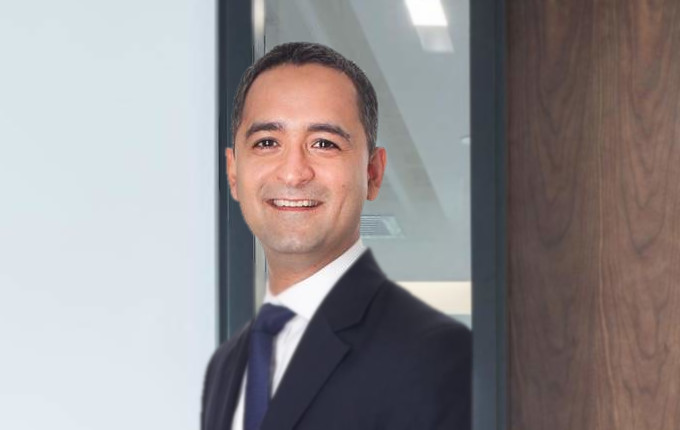IOOF wants to expand the number of co-investments it makes in the alternative asset space, as the fund is looking to gain greater control over its investments at a more efficient price point, IOOF’s Head of Alternatives says.
Register to Access this Exclusive [i3] Insights Article
Create a free account to access exclusive interviews with asset owners, revealing insights on investment strategies, market trends, and portfolio allocations.
If you already have an account you can Login .
If you have any issues registering an account please send us an email at [email protected].

